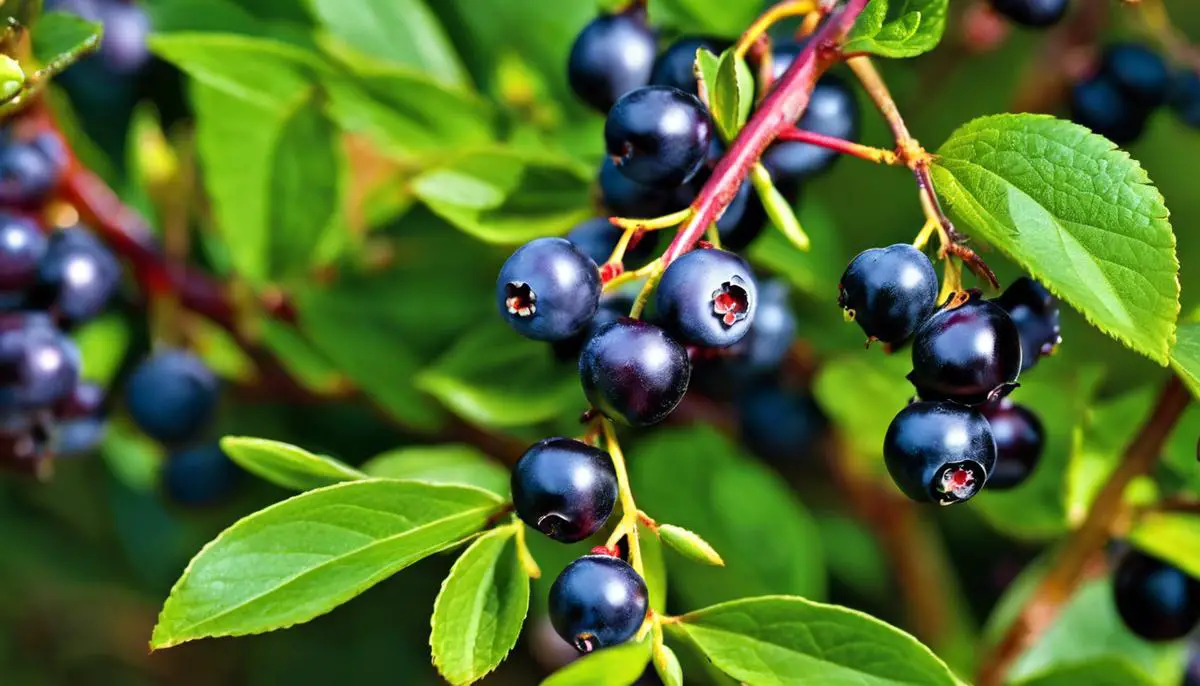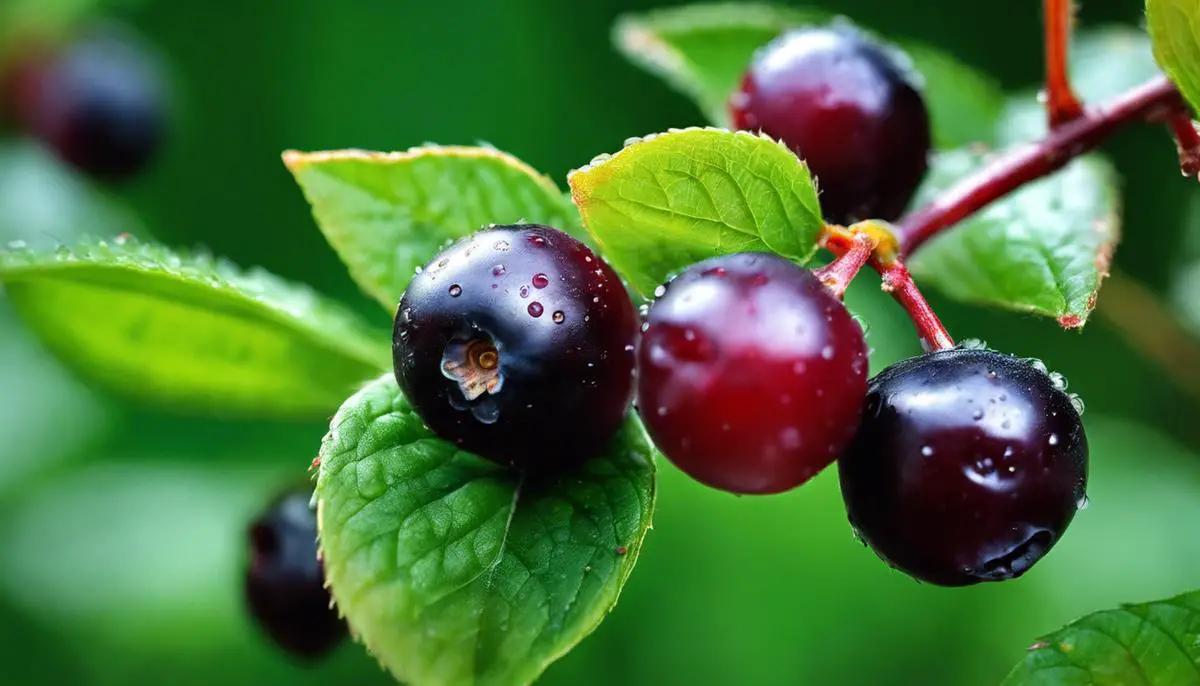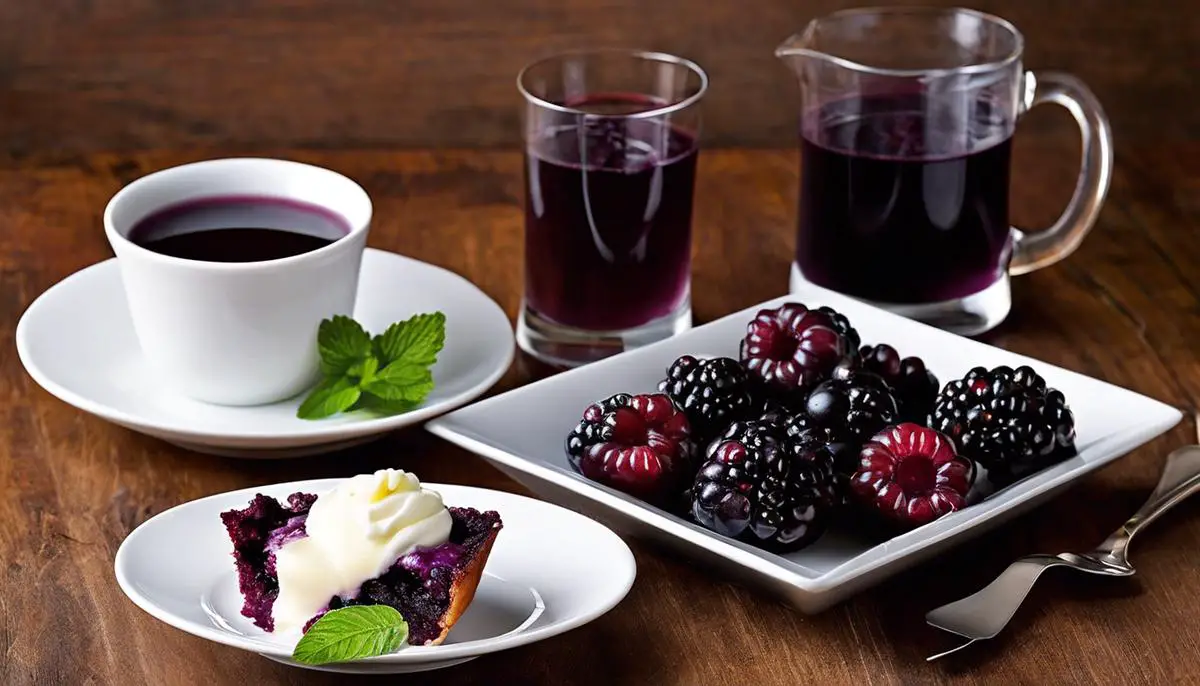
Huckleberry Hope: Tiny Berries, Big Transformation
There is a veritable world within each tiny huckleberry, a world ripe with flavor, history, and a plentitude of uses that extend far beyond simple consumption. Intricate and unique in their structure, huckleberries are a quintessential part of many a hobbyist’s pursuits, offering an almost endless array of activities and benefits. Whether you distinguish huckleberries in the wild, cultivate them delicately in your own garden, or experience the thrill of concocting delightful dishes and desserts, there’s a wealth of knowledge to be garnered. This exploration into huckleberries not only offers a deeper understanding of their characteristics and varied types but also shares seasoned insights into ideal cultivation, harvesting practices, and inventive uses, all aimed at enhancing your huckleberry hobbyist experience.
Understanding the Huckleberry
Why Huckleberries Stand Out Among Other Fruits
Huckleberries, a gem of nature, are a treasured treat with a delightfully sweet and tart flavor, brimming with antioxidants and nutrients. Often mistakenly interchanged with blueberries due to their striking similarity, these berries pack a punch that’s uniquely their own. They delight the palate and provide numerous health benefits.
Like a sky full of stars, the huckleberry species are wide and varied. You might encounter the tart tang of a red huckleberry or the tiny sweetness of the dwarf huckleberry, alongside the popular and bright purple mountain huckleberry. This variety in flavor gives huckleberries a rich tapestry of taste experiences.
One remarkable feature of huckleberries is their resilience. These magnificent berries have a rugged, wild spirit, thriving against the odds in acidic soils where other plants can’t survive. They prefer cool, mountainous climates, and sprinkle the landscape from Alaska to Oregon, gracing hilltops and forest understories alike.
Huckleberries also have a unique growing pattern that sets them apart. They have an especially long gen-to-fruit cycle. Some huckleberries take up to 15 years to produce their first crops! This slow growth is one of the reasons they are not commercially cultivated on a large scale.
Another outstanding characteristic is their mode of pollination. Unlike most fruits that can self-pollinate or rely on wind, huckleberries depend on insects – especially bumblebees – for pollination. This unique feature adds to their charm and paints a colorful picture of the interconnectedness of nature.
Did you know that huckleberry leaves change color? This is quite a sight to behold! They shift from green to a fiery red during the fall, lending a captivating imagery of flaming forests, further highlighting the unique beauty of this berry.
The huckleberry isn’t just a culinary treasure but holds significant cultural importance too. Many Native American tribes through history have valued it not just for nourishment but also for its medicinal properties. Today, annual huckleberry festivals celebrate this humble berry across several states, showcasing its significance and popularity.
With their berries filled with a rich array of nutrients, impressive resilience, striking beauty, and cultural relevance, huckleberries are truly in a league of their own. They offer more than just a burst of complex flavors, they offer an insight into the incredible diversity of nature’s bounty. So next time you encounter these remarkable berries, remember, you are not just tasting a fruit but experiencing an extraordinary piece of nature.

Cultivation and Harvesting of Huckleberries
Cultivating Huckleberries: The nitty-gritty details
A single huckleberry seed is more than just a speck of life; it’s the start of an agricultural adventure. The seed, similar in size to a grain of salt, will eventually spawn a fruit-bearing plant. However, these seeds are detailed in their needs. Their preferred growing medium is sphagnum peat moss, an absorbent material full of organic matter. This medium, when mixed with a little perlite, offers the perfect environment for seeds to sprout.
Sow these tiny seeds directly on the surface of this moss-perlite mixture. This gives them exposure to the light they need to initiate germination. Helping them afterward is relatively straightforward. The nascent sprouts, which surface within a month, require a steady supply of moisture and well-draining soil to thrive. Also, it is recommended not to transplant these sprouts in the first year as they are still developing their root systems.
While cultivating huckleberries, few things need special attention like the acidic nature of the soil. Huckleberries favor a pH level close to 5. This is automatically maintained by the moss, but additional adjustments with an acidifying soil treatment can be done if needed. Caution is the name of the game here, as over-acidification can harm the plants.
Propagating huckleberries, apart from seeds, can also be done through hardwood cuttings. Cuttings taken from one-year-old branches, typically in early spring, have been found to root successfully. This method represents an alternative for those seeking a shortcut to seedling growth but practices patience, as even these cuttings take time to establish.
Once these resilient, slow-growing plants mature, their fruiting abilities amaze. The fully ripe huckleberries are easy to spot: they have a deep, bluish-purple color and come off the plant with a simple twist. Harvesting usually takes place from July to September, depending on regional climatic conditions.
For anyone brave enough to weather the arduous task, there’s no denying the sheer joy of holding a freshly picked huckleberry. Whether it’s the crunch as teeth sink in, or the tart flavor that explodes on the palate, huckleberries deliver on every promise they make.
However, the harvest should focus not just on immediate consumption. Bear in mind, the yield from these low-return plants is also used in preparations for storage over winter. Freezing is the most common method of long-term berry storage, but canning huckleberries is a worthy endeavor that captures the bright, unique flavor for future culinary creations.
In conclusion, given due patience and observation, huckleberries are a joy to cultivate and harvest, not to mention the gourmet treasures they become once cooked and canned. Happy huckleberry gardening!

Using Huckleberries: Recipes and More
Stepping into the realm of huckleberry uses, there are endless applications to explore, from culinary delights to home decor items.
Deeply rooted in the world of cuisine, huckleberries feature heavily in protective sauces, desserts, and beverages. Their tart and sweet flavours lend a unique touch to the ordinary. Blueberry recipes can be upgraded with huckleberries. Imagine a twist on traditional blueberry muffins, where huckleberries now take center stage, or picture a rustic huckleberry pie fresh from the oven. Let’s not forget about barbecue sauces. Adding huckleberries in the mix contributes a subtly sweet and tangy element that makes the sauce stand out.
Huckleberries can also be a sensational addition to beverages. Imagine a huckleberry lemonade, a vibrant, flavorful delight on a sunny day. Mixing huckleberries into robusta coffee grounds can take the morning cup of joe to a whole new level. Huckleberry infused wines and liquors are also something worth exploring, offering a remarkable burst of flavor.
Beyond food and drinks, huckleberries have some unique non-culinary applications. Their deep hue can be used for natural and organic dye production, perfect for textile enthusiasts who love a DIY project. The color spectrum from burgundy to blue-violet can be synonymous with huckleberries in the natural dye world. Jewelry makers also see them as unique beads – when dried correctly, they can add earthy tones to handcrafted pieces.
In the realm of home garden aesthetics, huckleberries are an exceptional choice. Apart from their edible perks, they make great garden additions due to their compact size, attractive leaves, and exciting fruit colors. They can be mixed into flower arrangements as well as decorating patios and balconies for a touch of charm.
While this article only scratches the surface, the aim is to inspire and provide starting points in the journey of huckleberry utilization. The ways to use these resilient berries are as diverse and creative as one’s imagination, making the whole endeavor all the more exciting. Here’s to happy huckleberrying!

So, whether it’s your first foray into the world of huckleberries or you’re a seasoned berry buff, a deeper dive into understanding these humble fruits can only enrich your experience and knowledge. By grasping their unique characteristics, learning about the nuances of their cultivation and harvesting, and exploring myriad culinary and aesthetic uses, you equip yourself with the tools to fully appreciate this berry’s exceptional contributions to our lives. Take this info as your springboard deeper into the sweet, intriguing world that is huckleberries. It’s time to embrace the joy and fascination inherent in exploring huckleberries, and there’s no better or more rewarding place to start than right here.



